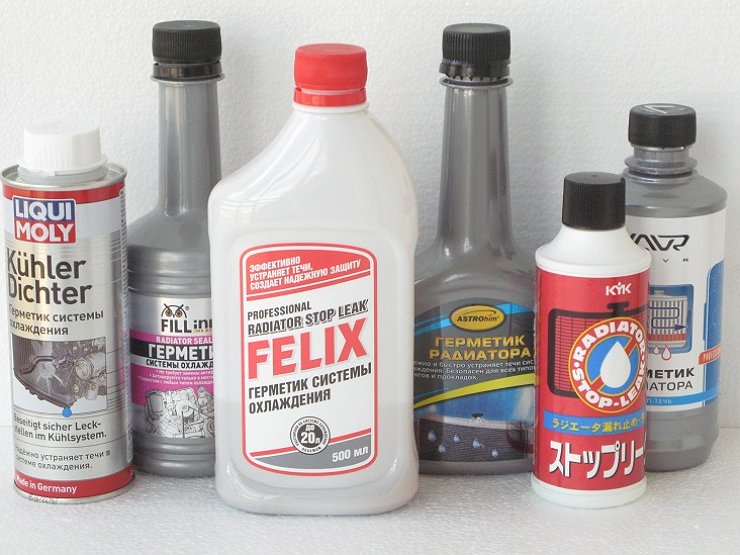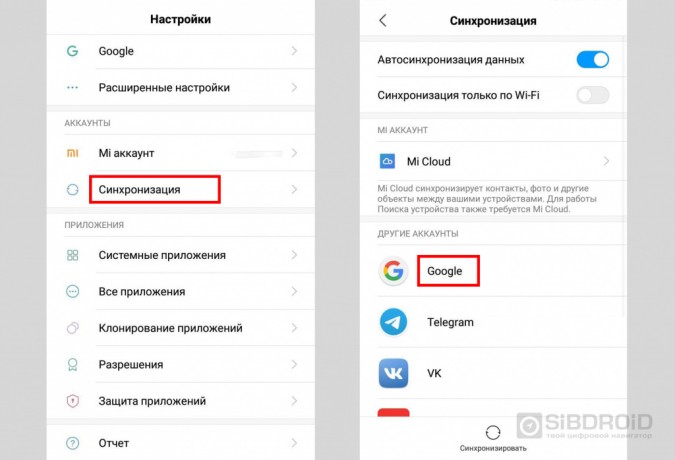
How to add fluid to a radiator
The radiator is the heart of your car's cooling system. This system directs radiator fluid or coolant around the engine's cylinder heads and valves to absorb their heat and dissipate it safely with cooling fans. AT…
The radiator is the heart of your car's cooling system. This system directs radiator fluid or coolant around the engine's cylinder heads and valves to absorb their heat and dissipate it safely with cooling fans.
The radiator cools the engine; without it, the engine can overheat and stop working. The radiator requires water and coolant (antifreeze) to function properly. To ensure this, you must check and add coolant periodically to maintain an adequate fluid level in the radiator.
Part 1 of 2: Check Radiator Fluid
Necessary materials
- Gloves
- Towel or rag
Step 1: Make sure the engine is cold. Before checking the radiator fluid, turn off the vehicle and leave until the radiator is cool to the touch. Before attempting to remove the cap from the radiator, the engine must be cool or almost cool.
- Functions: You can check if the car is ready by touching the hood of the car with your hand. If the machine has been running recently and is still hot, let it sit for about half an hour. In cold regions, this may only take a few minutes.
Step 2: open the hood. When the engine is cold, pull the hood release lever inside the vehicle, then get under the front of the hood and raise the hood fully.
Raise the hood onto the metal rod under the hood if it does not hold on by itself.
Step 3: Locate the Radiator Cap. The radiator cap is pressurized at the top of the radiator at the front of the engine compartment.
- Functions: Most newer vehicles are marked on the radiator caps, and these caps are usually more oval than other caps in the engine bay. If there is no marking on the radiator cap, refer to the owner's manual to find it.
Step 4: Open the radiator cap. Lightly wrap a towel or rag around the cap and remove it from the radiator.
A warning: Do not open the radiator cap if it is hot. This system will be pressurized and this pressurized gas can cause severe burns if the engine is still hot when the cover is removed.
Functions: Pressing the cap while twisting helps release it.
Step 5: Check the fluid level inside the radiator. The radiator expansion tank should be clean and the coolant level can be checked by looking at the fill level marks on the side of the tank.
This fluid is a mixture of coolant and distilled water.
Part 2 of 2: Add More Fluid to the Radiator
Necessary materials
- Coolant
- Distilled water
- trumpet
Gloves
Attention: Refer to your vehicle owner's manual for coolant specifications for your vehicle.
Step 1: Find the overflow tank. Before adding fluid to the radiator, look at the side of the radiator and locate the expansion tank.
This small reservoir on the side of the radiator collects any fluid that runs out when the radiator overflows.
Functions: Most overflow tanks have a way to pump the coolant they contain back into the cooling system, so it is recommended to add coolant to this overflow tank rather than directly to the radiator. This way new fluid will enter the cooling system when there is room and there will be no overflow.
Attention: If the radiator level is low and the overflow tank is full, then you may have problems with the radiator cap and overflow system, and you should call a mechanic to inspect the system.
Step 2: Mix coolant with distilled water.. To properly mix radiator fluid, mix coolant and distilled water in a 50/50 ratio.
Fill an empty radiator fluid bottle halfway with water, then fill the rest of the bottle with radiator fluid.
- Functions: A mixture containing up to 70% coolant will still work, but in most cases a half mixture is more effective.
Step 3: Fill the system with coolant.. Pour this radiator fluid mixture into the expansion tank, if equipped.
If there is no expansion tank, or if the tank does not drain back into the cooling system, fill it directly into the radiator, being careful not to exceed the “full” mark.
- A warning: Be sure to close the radiator cap after adding new coolant and before starting the engine.
Step 4: start the engine. Listen for any unusual sounds and check the operation of the radiator fans.
If you hear a clanging or buzzing sound, the cooling fan may not be working properly, which may also result in insufficient cooling.
Step 5: Look for any leaks. Inspect the pipes and hoses that circulate coolant around the engine and check for leaks or kinks. Any existing leaks may become more obvious with the new fluid you just added.
Keeping coolant in the cooling system is extremely important to keep the transmission in good working order for a long time. Without proper cooling, the engine may overheat.
- Functions: If you notice that you are running out of coolant quickly even after adding coolant, there may be a leak in the system that you cannot see. In this case, have a certified mechanic inspect your system both inside and out to find and fix a coolant leak.
Watch out for cooling problems when driving in hot weather or when towing something. Cars are also prone to overheating on long hills and when they are completely filled with people and/or things.
Your car's radiator is vital to preventing your car from overheating. If your radiator runs out of fluid, you risk serious engine damage. Preventive coolant level maintenance is much cheaper than repairing an overheated engine. Whenever you find that the fluid level in the radiator is low, you should add coolant as soon as possible.
If you want a professional to check your radiator fluid for you, hire a certified mechanic, such as one from AvtoTachki, to check your coolant level and provide you with radiator fluid service. If you feel that the radiator fan is not working or the radiator itself is not working, you can check and replace it with the help of our experienced mobile mechanic.
